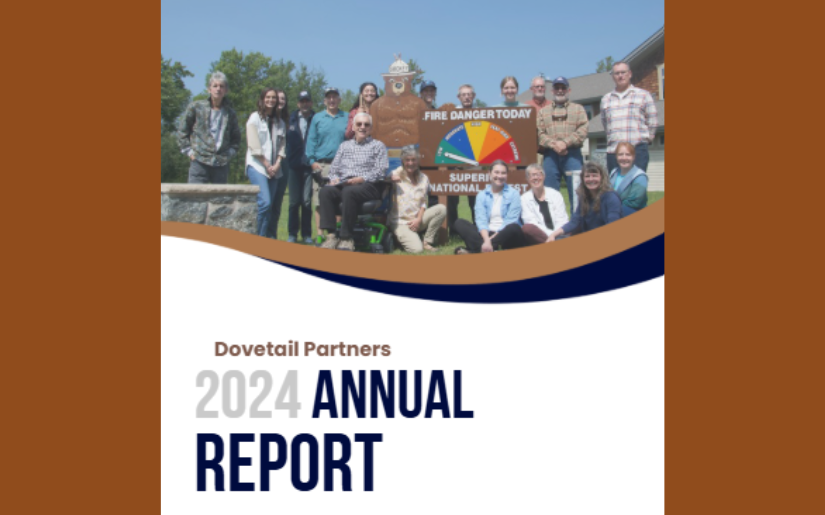Do you grab the screwdriver when you want to drive a nail? How about grabbing the hammer to tighten the nut on a bolt? Of course not! You go to the toolkit and pick the right tool for the job at hand. The same logic applies to proper use of Life Cycle Assessment (LCA).
The reality is that LCA is one essential tool, in fact one of the oldest, in a toolkit stocked with complementary tools that aid in evaluation of the potential environmental impacts of a product system throughout its life cycle. This article does not address every tool in the sustainability toolkit that can and should complement life cycle tools. For example, risk assessment approaches can be applied at the environmental, ecological, or public health levels. Pharos is an example of a tool for researching and specifying products in terms of toxicity levels, and GreenSpec Directory is a guide to environmentally preferential building products that helps users find and access environmentally related information from a variety of sources. Forest certification systems are another example of tools that complement LCA by focusing on site-specific effects that are not easily encompassed by LCA. It is highly likely that we will see similar certification tools for mining and other extraction industries. And we can’t overlook the tools for assessing buildings from a variety of perspectives – energy performance, site selection, materials, water use, etc. – with LEED and GreenGlobes as the North American examples of a growing international list of building rating tools.
In the sections that follow, the toolkit concept is explored in greater detail from the perspective of life cycle approaches in general, starting with an overview of LCA including a brief history of the methodology. Subsequent sections then deal with tools related to the economic and social legs of the basic three-legged stool analogy for sustainability. The focus here tends to be on building products and buildings, but the concepts, if not all the details, equally apply to other product categories.
- Lead AuthorTrusty
- DateJuly 2012
- CategoryEnvironmental, Management
- Project FileDownload

.png)
.png)



